Not one American in 10,000 has any connection with growing or selling rice, so the pressure of the American government to open up Japan to our rice stands as the most bizarre of all the weird legacies of Reaganomics.
Emiko Ohnuki-Tierney, professor of anthropology at the University of Wisconsin, believes the rice trade had assumed (at the time this book was published, in 1993) a symbolic importance to American policymakers. Perhaps so, although they speak as if the question is substantial.
However, ‘Rice as Self’ is not about America’s dangerous delusions about rice. It is about Japanese attitudes toward the grain, and it turns out they are in some ways deluded as well, though harmlessly so.
‘A people’s cuisine, or a particular food, often marks the boundary between the collective self and the other, for example, as a basis of discrimination against other people,’ writes Ohnuki-Tierney, who was born in Japan and has investigated ‘others’ there, such as the Ainu.
In America, we are often told that rice is so basic to Japanese ways that the words for breakfast and dinner translate literally as ‘morning rice’ and ‘evening rice.’ But Ohnuki-Tierney says this centrality is more psychic than physical. There is an intellectual dispute in Japan about whether rice was ever the staple food there. The common people may have been more dependent on millet or, later, sweet potatoes.
But there is no denying the importance of rice to Japanese ways of thinking. Rice is not ‘self’ the way Hawaiians regard themselves as interchangable with kalo (taro, the elder brother of the first Hawaiian), but it was a gift from the gods. It has a soul, is the ‘purest’ form of payment and may also be equivalent to semen.
Even if you are what you eat, this is a heavy load of symbolism for a food to carry. And it retains its symbolic force, says Ohnuki-Tierney, though ‘scarcely any contemporary Japanese would hold . . . that rice has a soul or that rice is a deity.’
Paradoxically, ‘the symbolism of rice has remained more important for the Japanese people than rice agriculture itself.’ As affluence has increased, the Japanese have eaten less and less rice, preferring to fill up on what used to be side dishes of vegetables, fish and flesh. (In Hawaii, the ‘two-scoop rice’ of the old-time okazu-ya [cafeteria] lunch has in recent years been reduced, usually, to just one scoop.)
At the same time, they have become even fussier about their rice, specializing in the grain grown in the northeastern prefectures. Production, however, is very low. Ohnuki-Tierney says 10 million kilos a year, a misprint for 10 million tons. Still, that is only half a pound a day per person, not an enormous amount. (In another place, she gives consumption as 72 kilograms per person per year, which matches the correct production figure.)
The paradoxes keep piling up. Though Japan fiercely protects its rice agriculture, it produces less of its food than any other nation — 49 percernt in 1988. The United States supplies most of the deficit. (A situation changing in favor of Southeast Asia since this book was completed.)
Here on Maui, rice is free — the price of 20 cents a pound is less than it costs to ship it in. In Japan, people pay about eight times what Americans Mainlanders pay for rice.They tell interviewers that they can easily afford expensive rice, since they eat so little of it.
‘Rice as Self’ demonstrates that almost everything about the link between rice and Japanese people contains paradox, although their conception of paddies as the most beautiful and significant landscape — ‘our land’ — may be somewhat less in conflict with reality than the other functions of rice.
In any case, modernity is slowly changing the relationship of Japanese to rice, Ohnuki-Tierney indicates. Her book certainly challenges many glib assumptions about ‘Japanese character’ that have been pushed in the USA. And for AJAs (Americans of Japanese ancestry), ‘Rice as Self’ has additional piquance.
Ohnuki-Tierney’s persuasive book deserves a much wider readership than anthropological monographs usually get.
 Hybrids Of Modernity: Anthropology, the Nation State and the Universal Exhibition eBook
$12.00
Hybrids Of Modernity: Anthropology, the Nation State and the Universal Exhibition eBook
$12.00
 Human Environments: A Cross-Cultural Encyclopedia eBook
$12.00
Human Environments: A Cross-Cultural Encyclopedia eBook
$12.00
Humanhood: Essays in Biomedical Ethics eBook
$12.00
- Delivery: Can be download immediately after purchasing. For new customer, we need process for verification from 30 mins to 24 hours.
- Version: PDF/EPUB. If you need another version, please Contact us
- Quality: Full page, full content, high quality images, searchable text and you can print it.
- Compatible Devices: Can be read on any devices (Kindle, NOOK, Android/IOS devices, Windows, MAC,..).
- e-Book Features: Purchase and read your book immediately, access your eTextbook anytime and anywhere, unlimited download and share with friends.
- Note: If you do not receive the download link within 15 minutes of your purchase, please Contact us. Thank you!

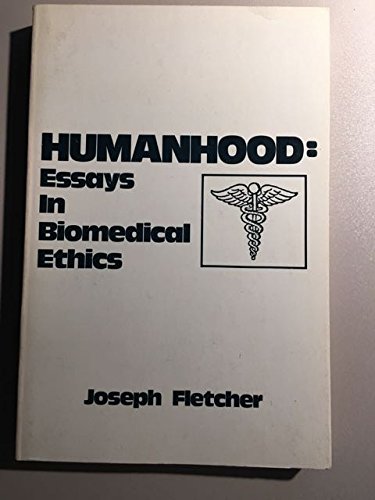
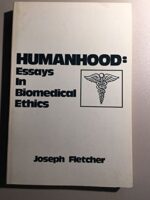
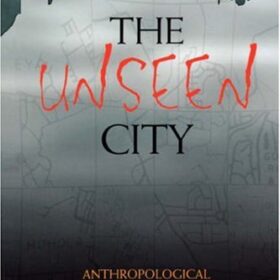
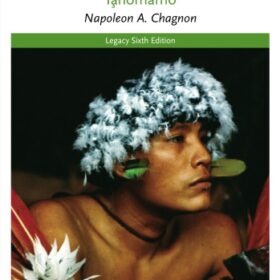
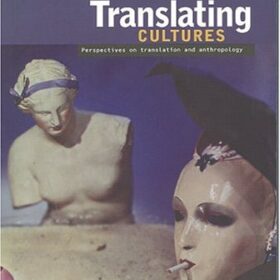

Reviews
There are no reviews yet.